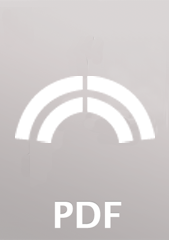Airbus is committed to deliver the most advanced technologies and methodologies to improve the quality of its products. For that purpose, Airbus started a collaboration with the French startup Lumetis for the development of a novel detection and inspection approach. The study allows in situ measurements with two key information : multimodal imaging and spectroscopy. An imaging device is used for quick detection of anomalies by taking correlated imaging information of critical parts: in different wavelengths from visible to near infrared, in fluorescence and reflectance. A second part of the device is used to directly analyse findings with fluorescence and reflectance point spectroscopy.
Besides new detection capabilities, one main advantage of the presented technology lays in the independence of measurements to the environment light conditions. Until now, UV inspections of optical surfaces are performed in dark conditions, and such visual inspections are operator dependent and poorly reproducible.
Concrete applications are presented and include:
- In situ particulate contamination quantification: the measurements of surface particulate contamination is performed directly on optical surfaces with a particle size distribution and detection down to 5µm according to the ECSS-Q-ST-70-05C standard. Those measurements without any sampling avoid indirect evaluation involving particulate witness samples or tape lift.
- Detection of ageing of materials: for example the image device allows the quick identification of epoxy-based CFRP impacted by LED ageing (anomaly presented during ISMSE 15). A simple picture shows the fluorescence of the impacted area without the need of complementary analysis nor degradation of the flight hardware.
- Identification of materials and contaminants: (soldering flux, silicones...)
- Poster




